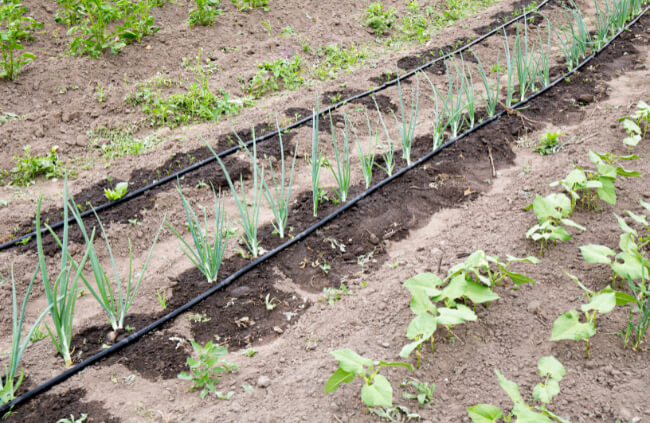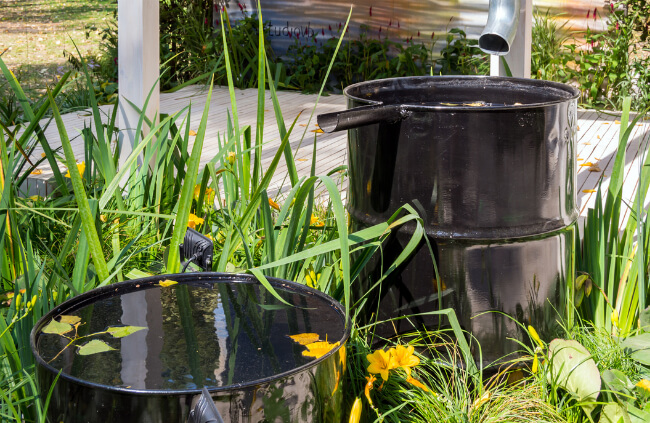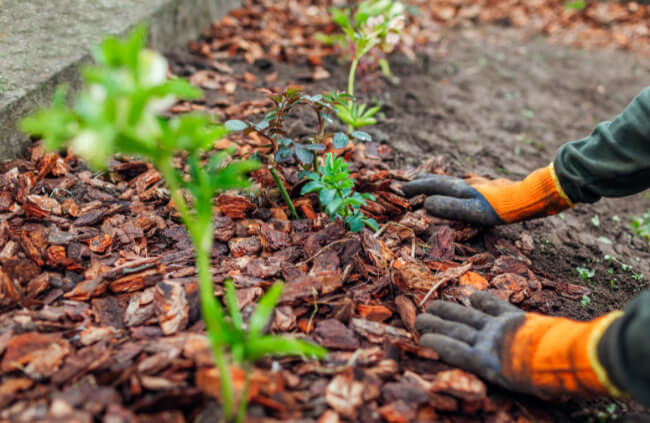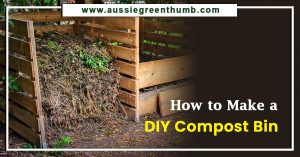Whether you’re experiencing a drought – like most of Australia at the moment – or you’re just trying to be waterwise when it comes to your garden, there are quite a few ways to save water. And they don’t always lead to installing expensive rainwater tanks.
Here’s a list of 10 water saving ideas but I’m sure they can be added to, and I will update the list if others have some neat ideas as well.
More...
10 Water Saving Ideas for Your Garden
Use Drip Irrigation

Drip irrigation is one of the most effective methods for dispersing water into your garden as it’s aimed at the plants roots rather than a generalised broad spread. If you currently use sprinkler reticulation, try modifying at least part of your system to accommodate drippers instead. You’ll save money and water.
Reuse Your Greywater
Greywater is a byproduct of your sinks, dishwashers, laundry washing machines and bathroom showers. Depending on how much you wish to save – and what your local authorities will allow – will determine how much this exercise will cost.
If you’re wanting to keep it cheap you could limit your water saving to the kitchen and laundry sinks. A simple plumbing deviation can give you the option to save the water into a bucket or run it straight off into the garden.
A more expensive option is to have all your greywater plumbed into an underground reservoir for later use by your garden reticulation.
Keep in mind though that greywater will be high in alkalinity due to many of the soaps we use to was ourselves, our dishes, and our clothes. Therefore, this water is not generally useful in vegetable gardens as vegies much prefer more acid soils.
Grow Drought Tolerant Plants
Lawns are the biggest users of water so to cut down on your water use, cut down on your lawn. Also, when buying plants choose drought tolerant plants which have low watering requirements and plant them together.
You can still have some high watering plants in your garden but don’t disperse them through your gardens. Rather clump them together where only one watering station is needed to operate on a daily basis. The others may only require watering once or twice per week.
Collect Rainwater

This option, like the greywater idea, can be as cheap or as expensive as you like. You can opt for a quality rainwater tanks to be professionally installed or another option might be to harvest the rain using barrels or buckets.
Large barrels can be accessed through many food wholesalers who’ve used them for pickling or storing food items. These can then be plumbed using some DIY resources to feed into your garden reticulation or just oozed into garden beds.
Install a Lap Pool Instead
If you’re planning to add a pool to your backyard landscape then choose a lap pool, like the Endless Pool I’ve previously reviewed. They take up less space, use less water and can be just as effective.
Divert Your Gutters
Rather than allow your rainwater from your gutters just empty into your soak wells, divert them into drainage pipes that run the length of your garden beds. These drainage pipes are usually peppered with holes allowing the water to disperse into the soil.
They should be encased with a layer of aggregate to stop them from getting clogged up but they are a very effective means of saving water.
Try Aquaponics for Growing Vegetables
Aquaponics is another idea that I’ve already discussed on this blog. As a water saving idea it is by far one of the most effective. With normal vegetable production, any watering seeps through the soil and drains away but with aquaponics, and its sister hydroponics, the water is constantly reused.
Mulch Your Garden Beds

One of the greatest forms of water loss is evaporation so if you mulch your beds with a decent blanket of mulch this will slow the process down and reduce the amount of extra watering your plants will require.
Use Water Bottles for Container Plants
The beauty of using water bottles for container plants is that they give a measured dose of water each day. It’s a great alternative to using watering cans which can be cumbersome and ineffective at watering your plants.
Angle Your Garden Paths
Most landscapers will try to convince you to keep your paths level or at least so that any runoff is diverted away from your garden. Do the opposite. Use some fall from your garden paths to allow water to filter back into your lawns or garden beds where it can be used.
I’m sure this isn’t an exhaustive list so if you have some other great water saving suggestions add them in the comments below.
Published on June 4, 2023 by Gary Clarke
Last Updated on November 13, 2023




